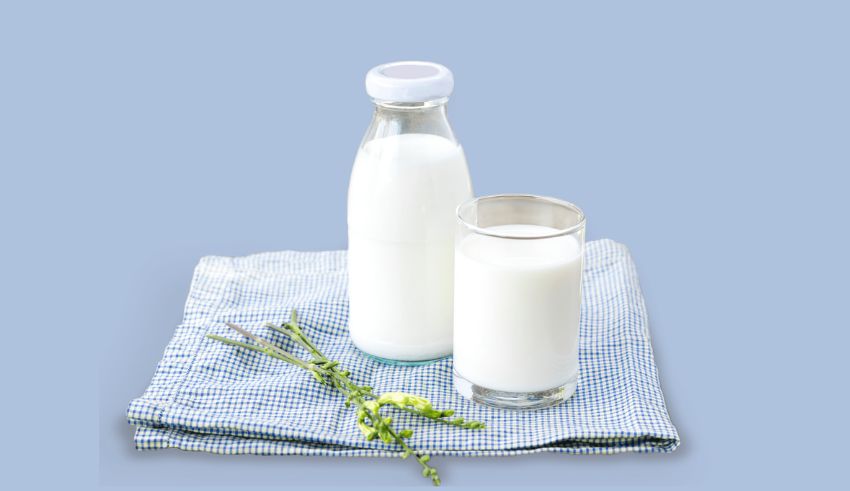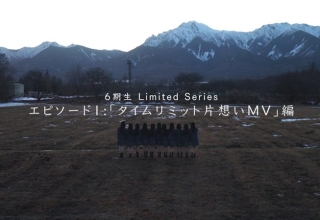
Great nutritional profile, rich taste, and soft texture make Hokkaido milk popular in Japan. Made possible by the region’s unique climate, farming techniques, and spotless surroundings, this milk—produced on Hokkaido, the northernmost island in Japan—is famed for its purity. Beyond flavor, Hokkaido milk has gained popularity in the cosmetics industry since its beneficial properties make it a desired ingredient. Let’s look at the reasons for Hokkaido milk’s various uses in food, skincare popularity, and uniqueness.
Why is Hokkaido Milk special?
In Hokkaido’s lower, less humid environment, dairy farming finds ideal conditions. Unlike the hotter southern areas of Japan, Hokkaido’s moderate climate calms cows, therefore reducing their stress and allowing more continuous milk output. One special quality benefit of Hokkaido milk is that the cooler air naturally helps retain the freshness of the milk.
This setting guarantees improved circumstances for the grass and forage cows, therefore enhancing their diets and the nutritional value of the milk. The result is a milk with natural nutrients in excess as well as freshness and a great taste character.
Among Hokkaido’s main advantages are its large wide grasslands. Unlike more densely populated farming regions where livestock are occasionally confined, dairy cows in Hokkaido have enough freedom to pasture freely in peaceful, stress-free surroundings. These big fields provide cows with ample grazing area and support a natural, laid-back lifestyle that enhances the milk quality.
The natural surroundings free of tension enhance the smoothness of the milk and assist to retain a rich, creamy taste. Moreover shown is the reality of less stressed cows producing milk with a better nutritional profile, which makes Hokkaido milk a real product of its surroundings.
Hokkaido has some of Japan’s purest water sources; its milk quality depends heavily on them. The cows drink from clear rivers and lakes, hence this premium water helps to keep the general mineral concentration and purity of the milk. By adding organic minerals that highlight taste and texture, water heavy in minerals increases the nutritive value of milk. Unlike milk produced in regions with less pure water supplies, the cleanliness of Hokkaido’s natural resources guarantees that the milk stays free from undesired pollutants.
Hokkaido dairy farmers are dedicated to maintaining a high degree of animal treatment. Their cows are guaranteed to be happy, healthy, and well-fed since they apply moral farming techniques. Farmers feed cows a balanced diet with nutrient-dense feed that enhances the taste of the milk; they take care to milk cows just at their best production times. This moral, conscientious approach to dairy production supports a sustainable, ethical farming practice for which consumers could feel good and helps to explain the rich, creamy flavor of the milk.
Hokkaido Milk: a Japanese Cooking Gastronomic Pleasure
Many Japanese cooking recipes call for Hokkaido milk as a flexible ingredient because of its special creaminess and smoothness. Its ability to provide food complexity and richness makes it very desirable; it transforms even simple dishes into sumptuous delights.
Made with Hokkaido milk, cheese tastes creamy and rich, which is difficult to replicate from another milk source. Both Western-style cooking and traditional Japanese cuisine call for this cheese, which is consequently fairly popular among home cooks as well as professionals.
With its luxuriously smooth texture and rich taste, Hokkaido milk is well-known for helping to produce the famed soft-serve ice cream from Japan, which stands apart from other sorts. The natural sweetness and creaminess of the milk make this ice cream a superb treat.
- Made from Hokkaido milk, butter great for spreading on bread or incorporating into baked goods has a delicate, soft consistency with a naturally rich taste.
- Hokkaido milk is used to make bread, cakes, pastries among other baked goods. Its creamy character provides baked products a muted sweetness and a unique, melt-in-your-mouth softness.
- Hokkaido milk is used by chocolatiers in their recipes to enhance the smoothness of the chocolate, therefore creating a luxurious taste sense.
- Popular drink, Hokkaido milk tea combines black tea with Hokkaido milk and sweetener, brown sugar or honey. The richness of the milk exactly offsets the powerful taste of black tea in a soothing, creamy drink.
Why then is Hokkaido Milk a skincare favorite?
Hokkaido milk’s skin caring qualities have made it a common ingredient in beauty products, therefore its nutrients expand beyond the kitchen. Its inherent lipids, proteins, and vitamins feed the skin, thereby improving a healthy complexion and increasing moisture.
Rich in proteins, vitamins, and lipids that really hydrate the skin, Hokkaido milk is a favorite ingredient in lotions and creams designed for this use. Natural fats in milk form an occlusive layer that holds in moisture, therefore softening and smoothing skin. Those with sensitive or dry skin especially gain from this feature since the moderate hydration of the milk reduces irritation and keeps skin looking great.
A moderate alpha hydroxy acid, lactic acid in Hokkaido milk helps exfoliate the skin. Lactic acid promotes cell turnover by helping dead skin cells be eliminated, therefore revealing a more even, radiant complexion. Hokkaido milk’s moderate exfoliating action makes it a suitable ingredient for beauty products especially for those seeking a natural glow without powerful chemical exfoliants.
Good skin cell renewal and environmental stress protection help the vitamins in Hokkaido milk—especially those A and D—have anti-aging properties. As antioxidants, these vitamins help the skin fight pollution and UV damage, two key causes of early aging. Hokkaido milk is an excellent addition in anti-aging skincare treatments since its protection helps reduce the appearance of fine lines and wrinkles.
The proteins and lipids in Hokkaido milk help the skin’s natural barrier to be strengthened, therefore boosting its resilience to outside irritants and dehydration. Good, balanced skin depends on a healthy skin barrier since it helps maintain moisture and guards against allergens and contaminants. Hokkaido milk is ideal for those with sensitive skin since this benefit fortifies the defenses of the skin without aggravating it.
From gastronomic pleasures to beauty wonders, Hokkaido milk has become a treasured staple in Japan and is more and more sought for everywhere. Its unique qualities make it a valuable and versatile part in many different fields. Although in skincare Hokkaido milk offers deep hydration, moderate exfoliation, and skin protection, its creamy richness turns everyday meals into rich pleasures in food. More people discovering the benefits of Hokkaido milk can only help to strengthen its status as a culinary and cosmetic staple.
Hokkaido milk still fascinates consumers with its natural purity, ethical production, and incredible adaptability, thereby proving sometimes the simplicity of the best ingredients. Applied as a consoling cup of milk tea or as a relaxing beauty treatment, Hokkaido milk reflects a harmony of nature, history, and quality.























